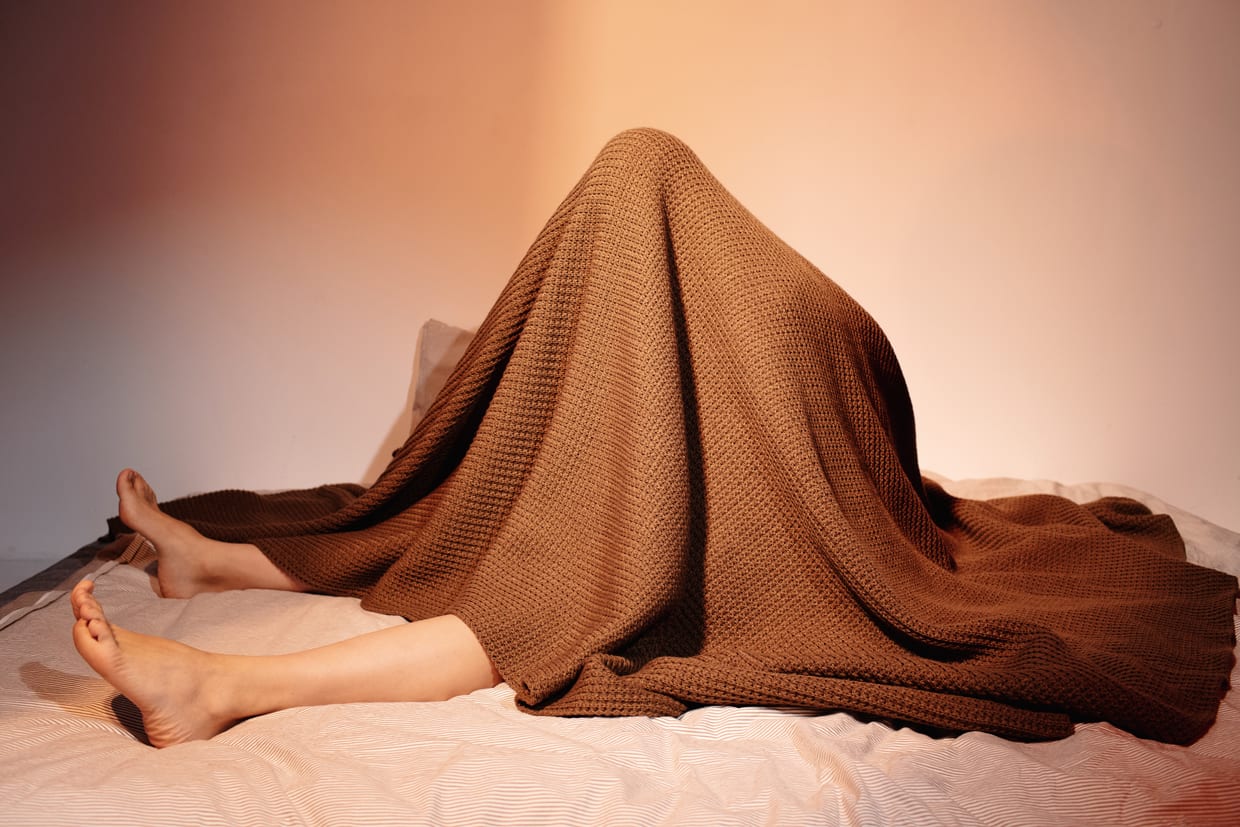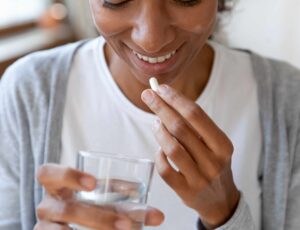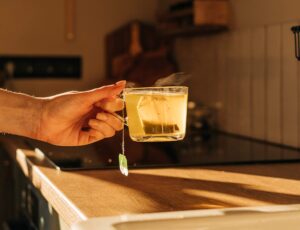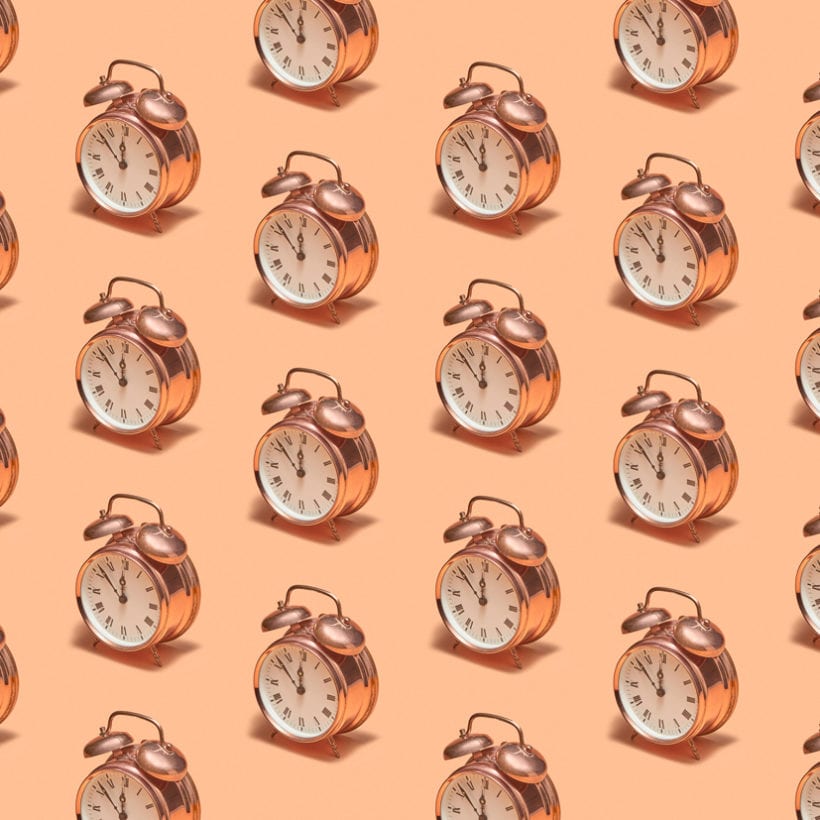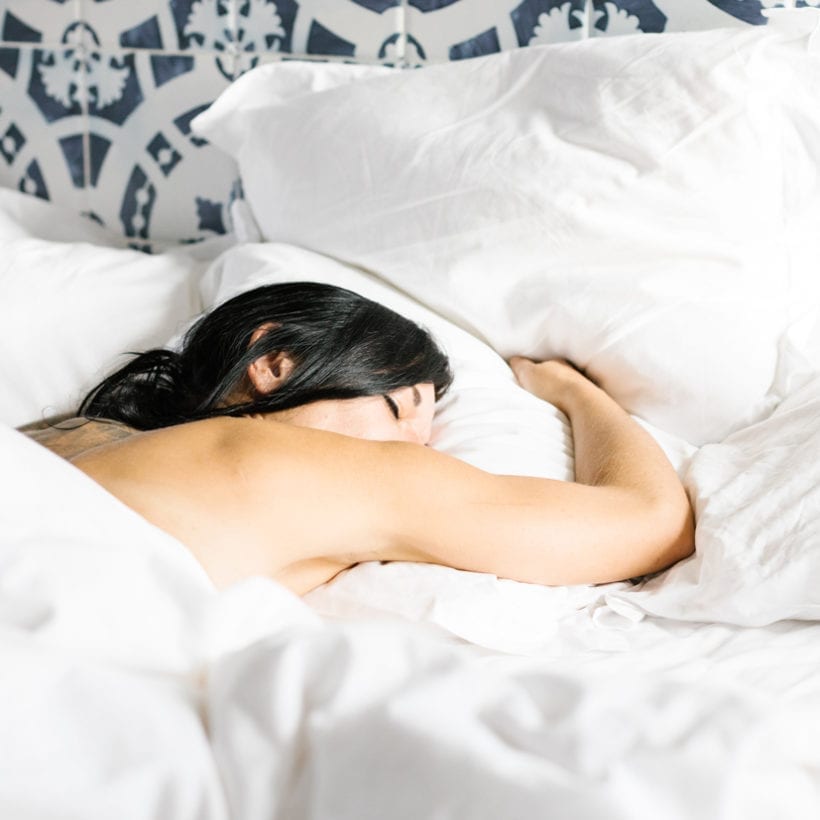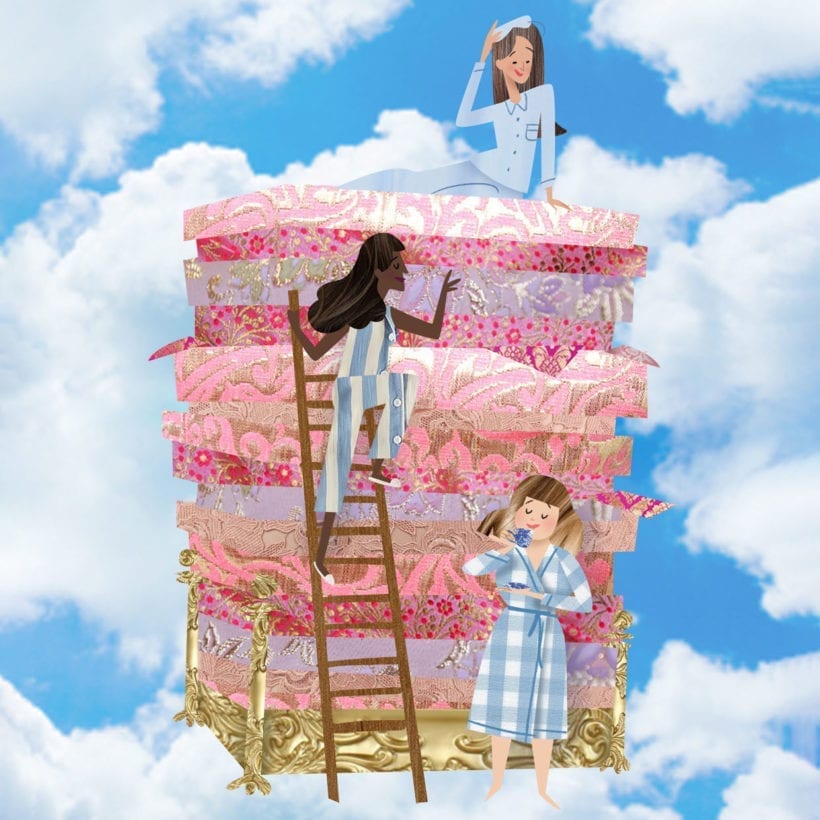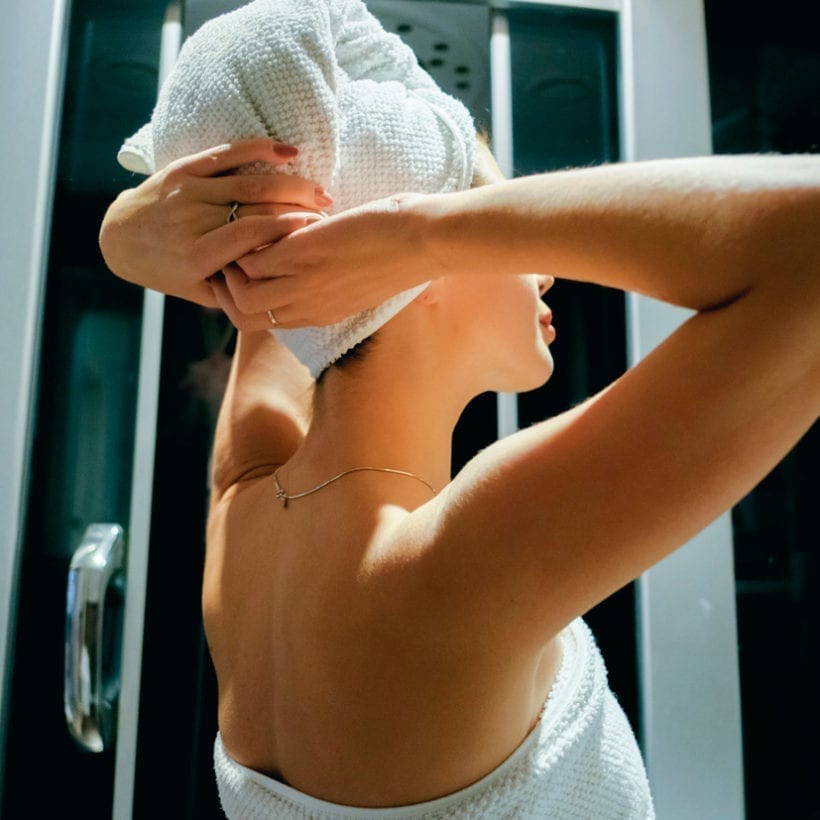Can’t sleep? You are not the only one. 30 percent of the adult U.S. population suffers from insomnia and 10 percent from chronic insomnia, making it the most common sleep disorder. And 35 percent of adults don’t get enough sleep (7 hours per day) according to the CDC. More than 60 percent of women experience insomnia — meaning they have trouble either nodding off or staying asleep — at least a few nights a week, according to the National Sleep Foundation. While part of this is hormone related — women are more likely to experience sleep problems the week before your period, or while going through menopause — it is not the whole story. “Women may be more prone to depression or anxiety, which can impact sleep, and they’re also more likely to be burning the candle at both ends because they wear so many hats: wage earner, mother, wife, even caregiver,” says Michael Breus, Ph.D., a California-based sleep specialist and author of “The Power of When” and “The Sleep Doctor’s Diet Plan.” The good news? There is plenty you can do to get back those restful z’s. Here, a list of dos—and do nots.
Do Not Try:
Sleeping Pills
Sleep medication use was higher among women (5 percent) compared to men (3.1 percent). Studies show that they only help people fall asleep only about 8-20 minutes faster. They also only add about 35 minutes to your nightly snooze time. In addition, they carry real risks. The Food and Drug Administration (FDA) issued a black box warning — their most serious type of warning — about prescription sleep aids eszopiclone (Lunesta), zaleplon (Sonata) and zolpidem (Ambien). They have been reported to trigger sleepwalking, sleep eating and even sleep-driving, adds Ramiz Fargo, M.D., a sleep medicine specialist at Loma Linda University Health, in Loma Linda, California. Even over-the-counter sleep aids that contain diphenhydramine or doxylamine (Unisom) are also risky, as they have been linked to dementia in older adults.
A Nightcap (or two, or three)
Yes, alcohol will help you fall asleep, but it does not promote the deep, restful sleep you need, says Breus. One 2013 review published in Alcoholism, Clinical & Experimental Research found that while people did nod off faster, they had disruptions in REM sleep, the dream stage that is considered the most restorative.
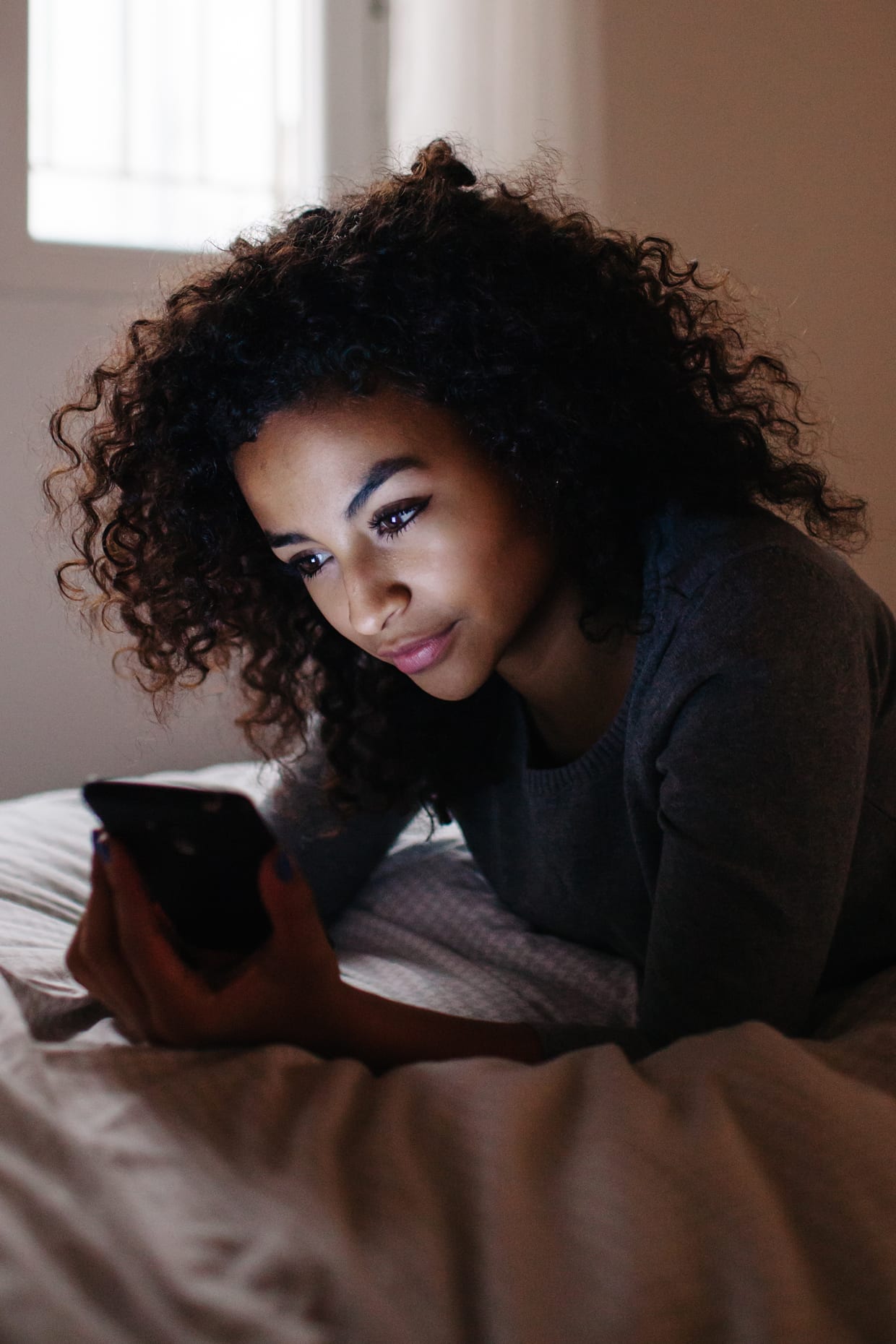
Reading Your Kindle in Bed
The blue light from electronic devices suppresses melatonin, a hormone that promotes sleep, explains Breus. Even if you do not struggle with insomnia, it is not a good idea to pick up your Kindle then: People who read from a screen before bed found it harder to wake up in the morning and feel alert, even though they slept the same amount, according to a Harvard study published in the Proceedings of the National Academy of Sciences in 2015.
Napping
That afternoon siesta will backfire on you by making it harder to doze off that night, says Fargo. Resist the urge, even if you feel like a zombie because you did not sleep much the night before.
Staying in Bed When You Are Not Sleepy
If you have trouble sleeping, you may be tempted to slip between the sheets even earlier than what you are used to. Do not. “The last thing you want is to lie there tossing and turning because you’ll just start associating your bed with the anxiety of not being able to fall asleep,” explains Breus. As a result, your insomnia will only get worse. Instead, if you can’t nod off within 10 to 15 minutes, get up and do something relaxing in another room, like listen to music or read a book. Do not use this time to do something stimulating, like paying bills or cleaning the kitchen. Once you start feeling tired, you can try snoozing again.
Supplements with Melatonin
Your body naturally produces this hormone, which sends a signal to your brain telling it that it is snooze time. But while it is helpful for people traveling across time zones, or shift workers, it has not been proven to be effective for insomnia, explains Breus. In addition, it is not regulated by the FDA, so if you buy it over the counter, there is no guarantee of what you are getting.
More than 60 percent
of women experience insomnia.
DO TRY:
Picking the Right Bedtime Snacks
Mom always swore by a glass of warm milk but consider munching on a couple of kiwis or sipping cherry juice instead. Both helped people with insomnia fall asleep and stay asleep for longer, according to a 2016 study published in Advances in Nutrition. While you are at it, opt for a light dinner that is high in fiber and low in saturated fat.
Going for a Brisk Outdoor Morning Walk or Jog
People who are exposed to sunlight in the morning sleep better at night, according to a 2017 study published in the medical journal Sleep Health. “We know that both exercise and sunlight enhance the effects of sleep hormones like melatonin, so why not do them together?” says Breus. If you can’t get in a morning workout, do not sweat it — a Swiss study published in the journal Sports Medicine also shows that an evening sweat session will not hurt sleep, and in fact may even help it.
Listening to Music Before Bed
It does not matter whether you relax to Beethoven or Louis Armstrong, as long it is something that calms you down. A 2018 review found that people who listened to music before sacking out reported improvement in insomnia symptoms, including falling asleep faster and better-quality sleep. It is unclear exactly why — it may be that it raises the levels of hormones that help promote sleep, like serotonin and melatonin, says Breus. If you really do not want to listen to music, a white noise machine may help, too.
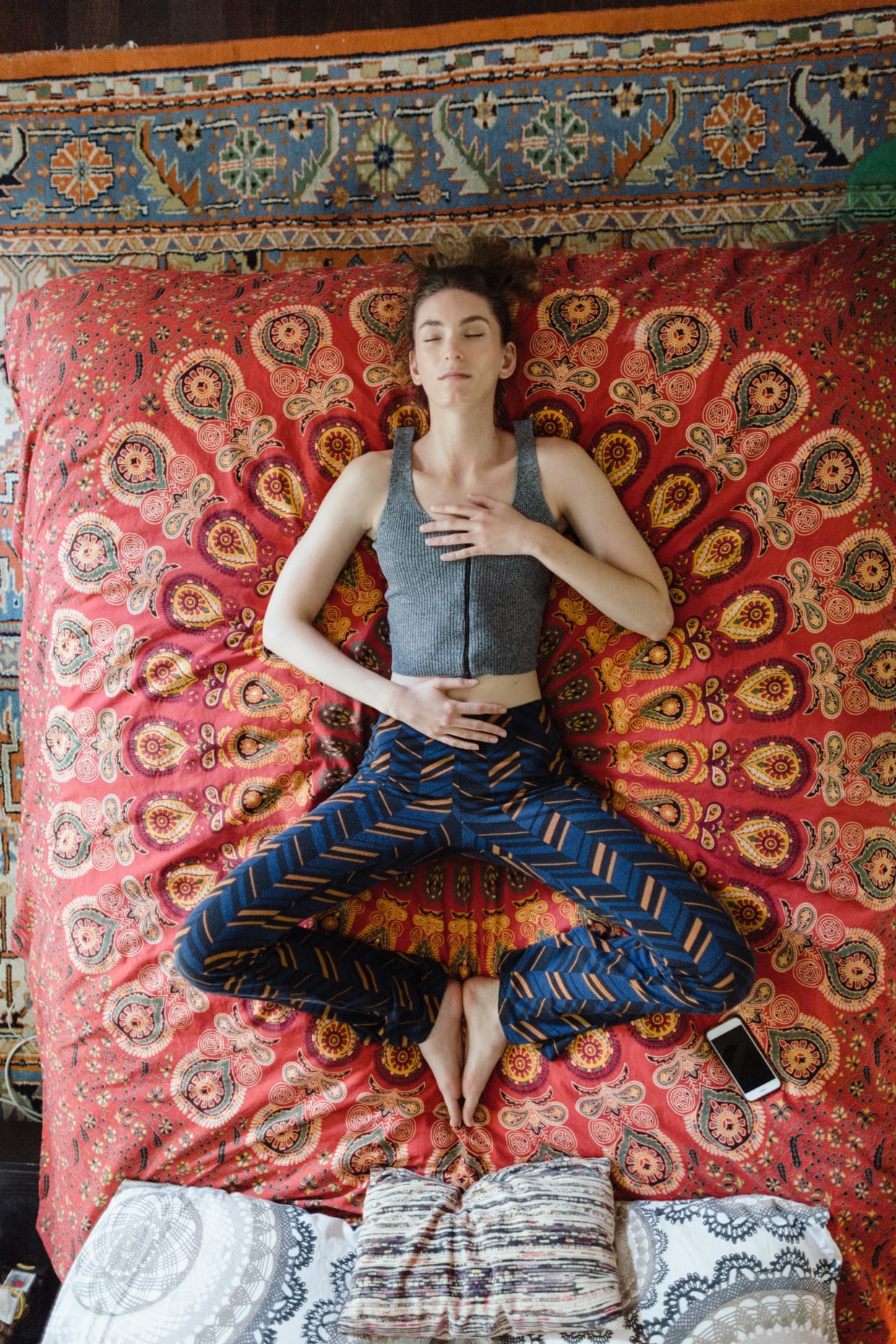
Saying “Ommm”
A few simple poses and basic breathing exercises may go a long way when it comes to helping you wind down your day. Research shows that when people with insomnia do yoga every day, they sleep for longer and fall asleep faster. “Relaxation therapies like yoga help promote good sleep because they decrease stress,” explains Fargo. Some good sleep-inducing poses: Lying Butterfly (lie on your back, the bottoms of your feet pressed against each other and your knees falling out to the sides), and Corpse Pose (lie on your back with your legs straight, arms by your sides, palms facing up, and breathe slowly, focusing on your inhales and exhales).
Cognitive Behavioral Therapy
If some of these simple lifestyle strategies do not work, you may be a candidate for cognitive behavioral therapy (CBT), which is the gold standard treatment when it comes to treating chronic insomnia, says Fargo. This type of short-term counseling — which usually requires only six one-hour sessions — teaches you new sleeping habits, such as getting up at the same time every day and how to calm your mind when you are trying to sleep, says Fargo. Typically covered by insurance, costs will vary based on your co-pay and deductible, and if you choose to forego insurance, it can range anywhere from $100 to $250. Some sleep centers offer CBT; to find one, go to sleepcenters.org or use the online therapist finders at the Association for Behavioral and Cognitive Therapies. If you have trouble finding a therapist, you may want to consider an online program such as SHUTi (Sleep Healthy Using the Internet). More than half of chronic insomniacs who used this program improved symptoms within nine weeks and were sleeping normally a year later, according to a 2017 study published in JAMA Psychiatry.
We only recommend products we have independently researched, tested, and loved. If you purchase a product found through our links, Sunday Edit may earn an affiliate commission.
Editor’s note: This article has been updated since its original publication in Sunday Edit Sleep Journal in September 2019.
